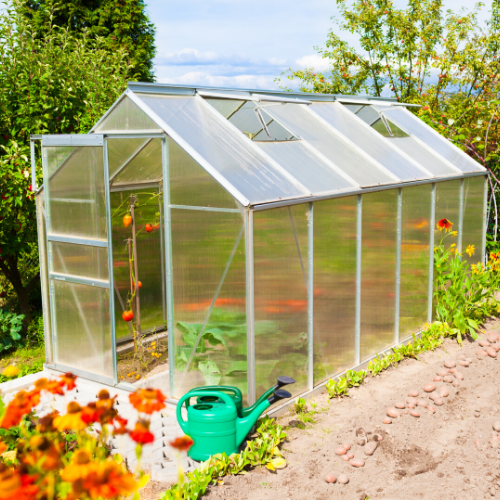
How to Garden with Your Greenhouse
How To Garden Using a Greenhouse
If you’re like me, you’ve perhaps considered for a long time whether or not to make this big garden purchase. There are many great reasons to buy a greenhouse. I live in the high desert. As I learn more about how to garden in my region (with high temperature swings and arid conditions), I am proud to say I did it! Buying a greenhouse has been key in learning how to garden successfully in my zone.
Making the purchase is just the first step! Learning how to garden with a greenhouse was the next frontier. After much trial and error and research, here are some tips to share.
If you’re still just deciding where to start, then start here! It’s important to decide on the best greenhouse for your budget, growing needs, climate and your DIY vs. kit skills.
Choosing the Right Greenhouse for You
As an avid gardener, I really thought I knew what I was getting into by purchasing a real greenhouse. I purchased a 6′ x 4′ Palram greenhouse from Amazon, because it had awesome reviews and the price was right for my budget. We have strong winds 2 seasons of the year, as well as several feet of snow (which you can see below). In addition, we experience up to 60 degree temperature swings in 24-hour periods. I needed something that was windproof and weatherproof. It needed to stand up to the test of time! This mighty greenhouse has held up very well to both – four winters and summers in a row. It’s a perfect starter greenhouse, and I’m so glad I started with this brand, model and size.
I’ve learned a TON from my time with it, and I’m hoping I can share a few tips for those of you who are also green when it comes to buying a greenhouse. And perhaps save the precious lives of the all the plants that are counting on YOU to get this right!
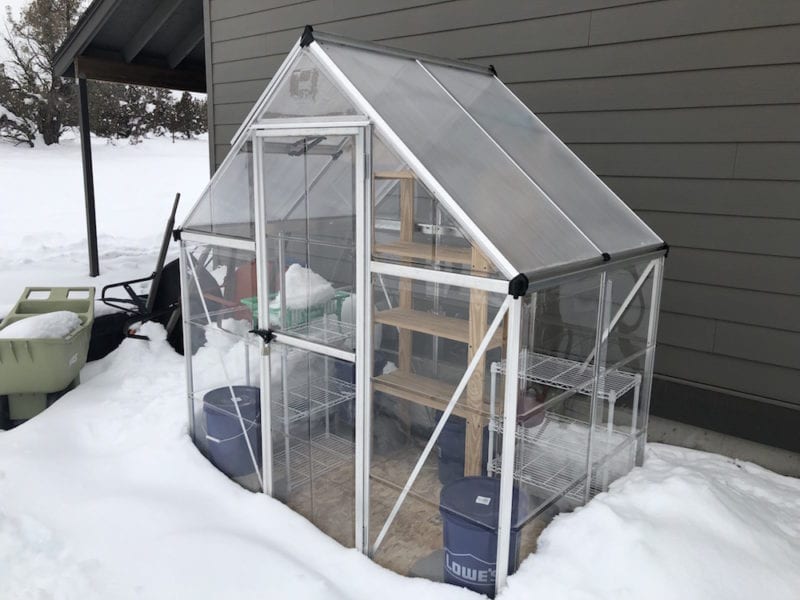
1. What Do You Want Out of Buying a Greenhouse?
Having some answers to this question will drive what you purchase or don’t purchase for your greenhouse when you install your greenhouse. If you already have some ideas how to garden using it, great! And if not, no worries. The great secret is that all gardeners are experimenting and learning how to garden as we go, too. Don’t be fooled by our great harvests and our shiny photos on Instagram!
My dream is to have a temperature-controlled, humidity-controlled greenhouse where I grow orchids, tropical plants and lemon trees year round! In my dream, I wear clean gardening gloves and prune tiny rose bushes in indoor pots, smiling as children in white dresses run past waiving their fairy wands. (Okay, that’s not really my dream, but the temp/humidity part is!)
I grow all of my plants from seeds because I finally figured out the perfect (cheap) setup for growing plants from seed and having them survive at better than a 90% rate. I start my seeds indoor in late March or early April using this method. However, I live in a HARSH climate. When I type my location into the Farmer’s Almanac to find out the first and last days of frost, I get the dreaded reply: “Year Round Frost Risk.” They cannot give me a date!
So what I really want out of buying a greenhouse, for now, is to extend my growing season. I use my greenhouse to harden off my seedlings in the Spring, and protect my late bloomers in the Fall (especially my potted dahlias). So I need to protect my plants, especially my starts, and that is really why I bought a greenhouse. It was essential when learning how to garden in such unpredictable climate.
There are endless possibilities of how to maintain internal conditions in your greenhouse. The question is: how much do you want to spend? Let’s start with what’s free/cheap, and will have the biggest impact for the least price.
Water-Wise Flower Seeds Available NOW!
2. Placement and Positioning
One way to heat your greenhouse is to ensure proper placement, because where you place your greenhouse is as important is deciding which one to purchase.
Consider the following:
- How much sun will it receive, and at what times in the day? How much in the Summer vs. Autumn? (consider trees and buildings which provide also shade)
- How easy is it to access? What about in the various seasons?
- How might snow/rains/winds affect this location? Does snow drop off the roof right on top? The rain runoff?
- Is it protected from the mighty winds?
- Which way should the door face?
- Where is the nearest electrical source?
All of these decisions will influence your plants’ success and the likelihood you’ll still love (and use!) your greenhouse in years to come. Once I decided on a few location options, I used my garden journal to write down my observations of those locations for a few months – and learned a lot! I’d ask myself, “If it was in this location right now, what would I think?”
Ultimately we placed ours adjacent to the house, facing east. We live in the high desert and the afternoon sun is brutal in Summer. This location (the SE corner of our garage) provides lots of morning sun and afternoon shade inside the greenhouse.
3. Most Important: Temperatures Inside
It took my husband and I about 4 hours to build this model, start to finish. It was a sunny September day. As I stood inside tightening bolts, I felt warm. “It’s working!” I thought. “It’s being a greenhouse!” (Fellow parents, a word of caution. Please put padlocks on your greenhouses! Temps can get very hot and dangerous for curious pets and children.)
The first lesson to know about greenhouses is that the temperature can get really really hot, and potentially really cold–all in one day. (See my comment below about hydraulic automatic window openers.) I live in a region that has 50 degree (F) temperature swings in a day (and 80 degree (F) swings inside my greenhouse)! So learning about the internal temperature of my greenhouse was vital to keeping plants alive. In learning how to garden, I’ve found that seedlings (especially) are pretty picky.
I attached a remote thermometer to a wooden shelf inside my greenhouse, and started tracking the “max” and “min” temps within my greenhouse every day. Nerd alert! I am tracking the max and mins for a whole year so I can really maximize my growing potential. I keep a simple grid calendar next to my thermometer and note the temps on that sheet. Easy and worth it! You don’t need anything expensive; just something that tells you the temp outside so you don’t have to travel too far to read it:
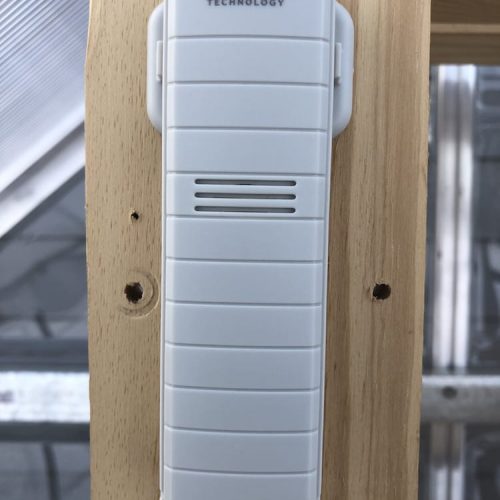
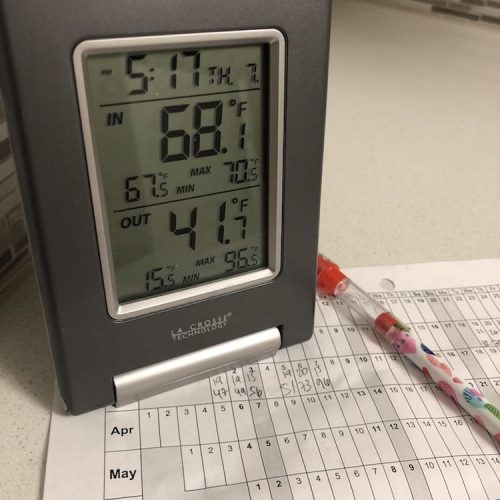
I was disappointed quickly to see that the temperature inside my greenhouse dropped pretty low each night…like, as low as it was outside. This was a big shock to me. I assumed that they were great at retaining heat, too, and would stay warm all night. My new greenhouse (not temp or humidity-controlled) was going to need a little help.
A MUST! Automatic Openers
Hands-down, the most important purchase we made for our greenhouse was a hydraulic automatic window opener. Seedlings and plants are very finicky about temperature, and one day of roasting can kill the whole operation.
Because we don’t heat and cool our greenhouse with electricity, a hydraulic window opener was the lowest-cost, most effective purchase we made. When temperatures reach a certain threshold (mine is set for around 85 degrees), the hydraulic lift automatically activates and opens the window. This is great for the working family – what if you forget to open everything one day? All that hard work is lost. This saves the day!
Here are a few awesome options; we bought the first one listed.
4. Passive Heat Sources
In order to keep my greenhouse temps up at night, I need a supplemental heat source. Sure, I could run power to it and use a small space heater. But I believe that Nature can help, so I started there.
Water is, without question, the largest heat source we have on Earth. Don’t believe me? Consider this: the ocean’s temperature is the greatest contributor to weather patterns on our planet. All weather is driven by Earth’s desire to equalize energy. As the ocean heat’s up, that energy has to go somewhere, so it moves in currents which then impact atmospheric patterns… You get the picture.
Water’s greatest trait is that is has high specific heat; that is, it holds its temperature really well. That’s why regions near the ocean (think California coast) maintain pretty steady temperatures.
I put water to use in my greenhouse; they are essential as I learn how to garden with my greenhouse. Let me introduce you to my batteries:
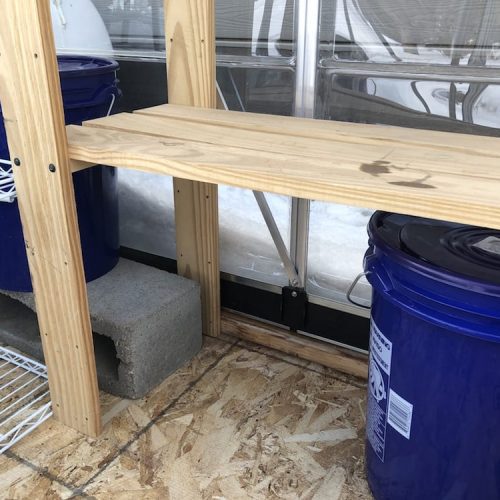

Since installing these batteries, I can’t say that my temperatures are so high that I can start seeds inside in March. But I have noticed that the greenhouse is staying about 15-20 degrees (F) warmer inside than the outside temperature; just enough to extend my growing season once I have hardened off my seedlings.
Mission Accomplished!
5. How to Garden While Maximizing Space (go vertical!)
A 6′ x 4′ greenhouse is not huge, but my passion for growing plants is! The way I maximize my growing potential is to go up, up, up with my plants. On hand we had several shelves (you can see the hodgepodge collection), so I arranged them throughout the space. I plan to custom make some shelves this year, so I can really maximize my yield. Then I placed the batteries in each of the corners, out of the way but near where I’ll set plants.
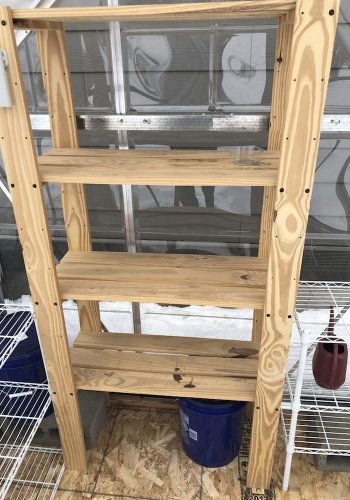
Ready, set, grow!
If you’re just learning how to garden, I recommend you check out my free guide to growing seedlings and my Garden Journal! These are great places to start on your wonderful journey.
For the plants’ sake, get to know your greenhouse. Consider what you’d like it to accomplish for you. Spend time learning how it works with your environment. Ensure that plants are tended to often, since the greenhouse can get really hot! For example, today’s high here was 37 degrees (F) and my greenhouse reached 96 degrees (F)! Check out its temperatures inside, year round. Once you know how your greenhouse behaves, you will be an unstoppable gardener! With our without humidity- and temperature-controls.
Believe it or not, it’s totally possible to grow LOTS of flowers, vegetables, fruits and plants in even the harshest of climates. The following photos are from our garden where we receive an average of 10″ of rainfall per year. Buying a greenhouse has been instrumental in this! Thanks to the greenhouse, my flower selection has multiplied, I’ve saved hundreds of dollars on plants, and I can extend my growing season by at least 50 days on either end of my very short growing season. Not bad!
You May Also Like
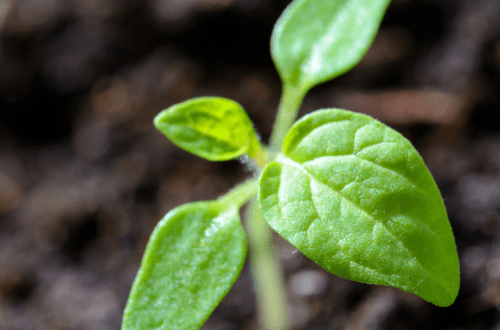
Seedling Success! Easy Secrets to Fast, Healthy Sprouts – Every Time
March 24, 2019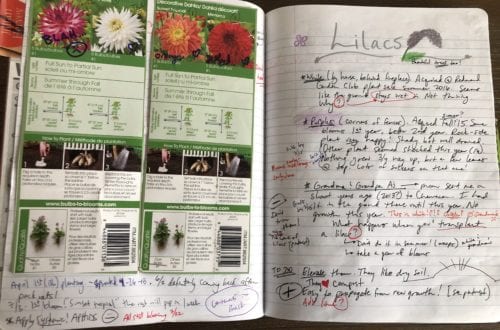
Tools Used for Gardening – Why You Need A Garden Journal
February 24, 2019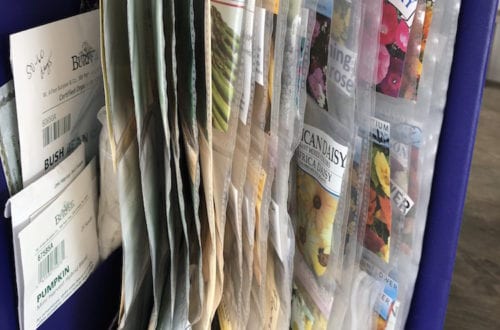


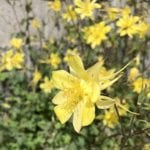
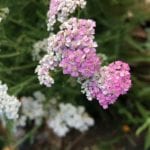
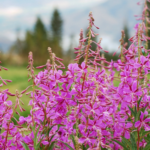
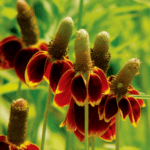
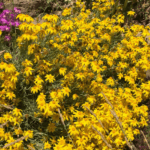
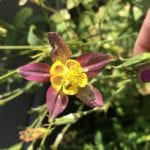
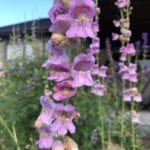
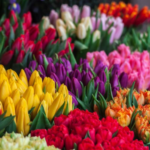
4 Comments
Thomas W Copley
Excellent!!!!!!
Thanks
Sassy Bluejay
Thank you ~ thanks for reading and happy growing!
Jennifer
Thanks for sharing. I just built a 6′ x 8′ greenhouse last fall so this was helpful. I will be trying the water bucket “heaters”.
Sassy Bluejay
Great, good luck! I still use mine and they make a world of difference. Our temperature swings 60 degrees daily, especially in the Spring, so they help. Let me know how it goes!